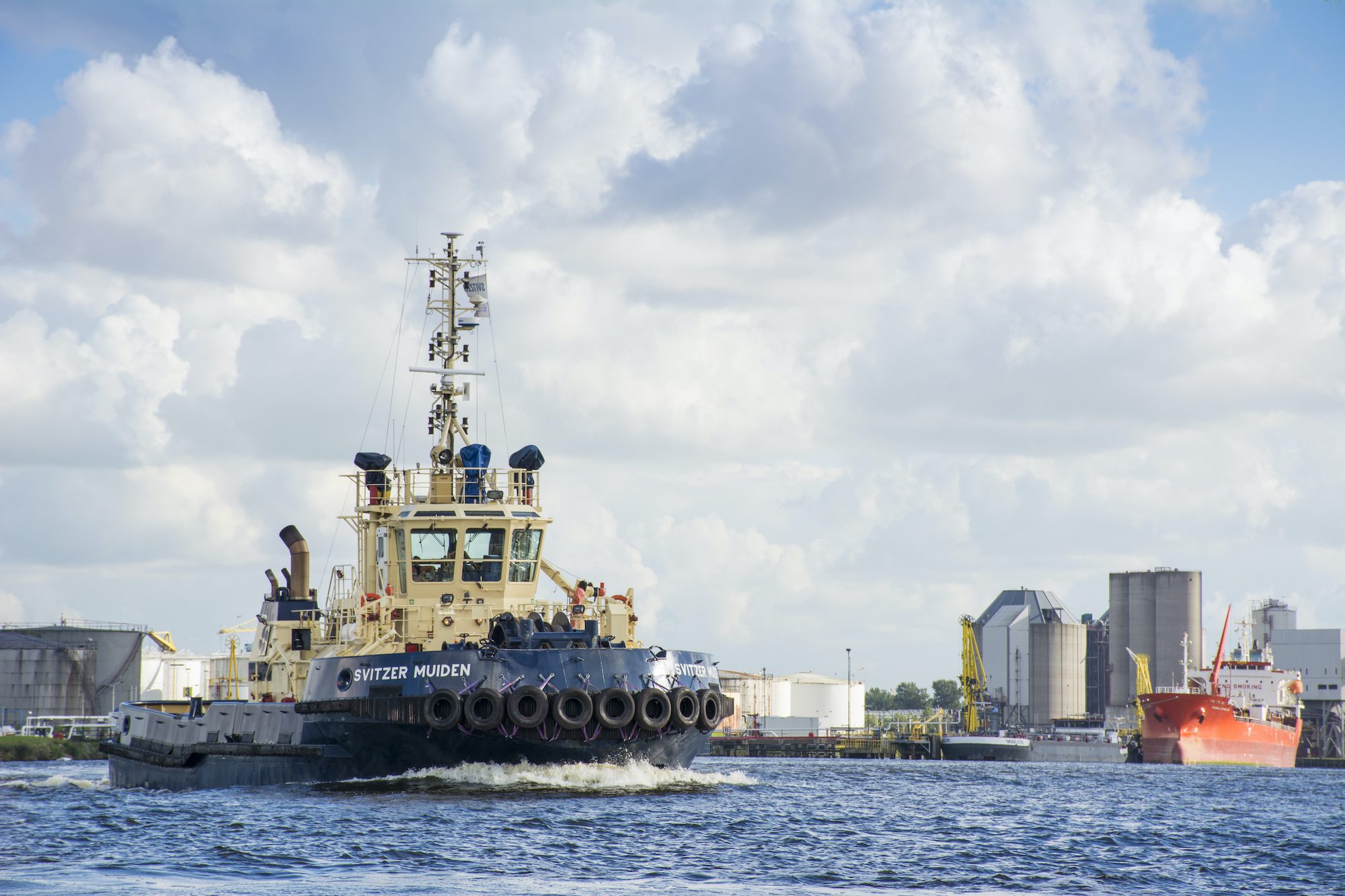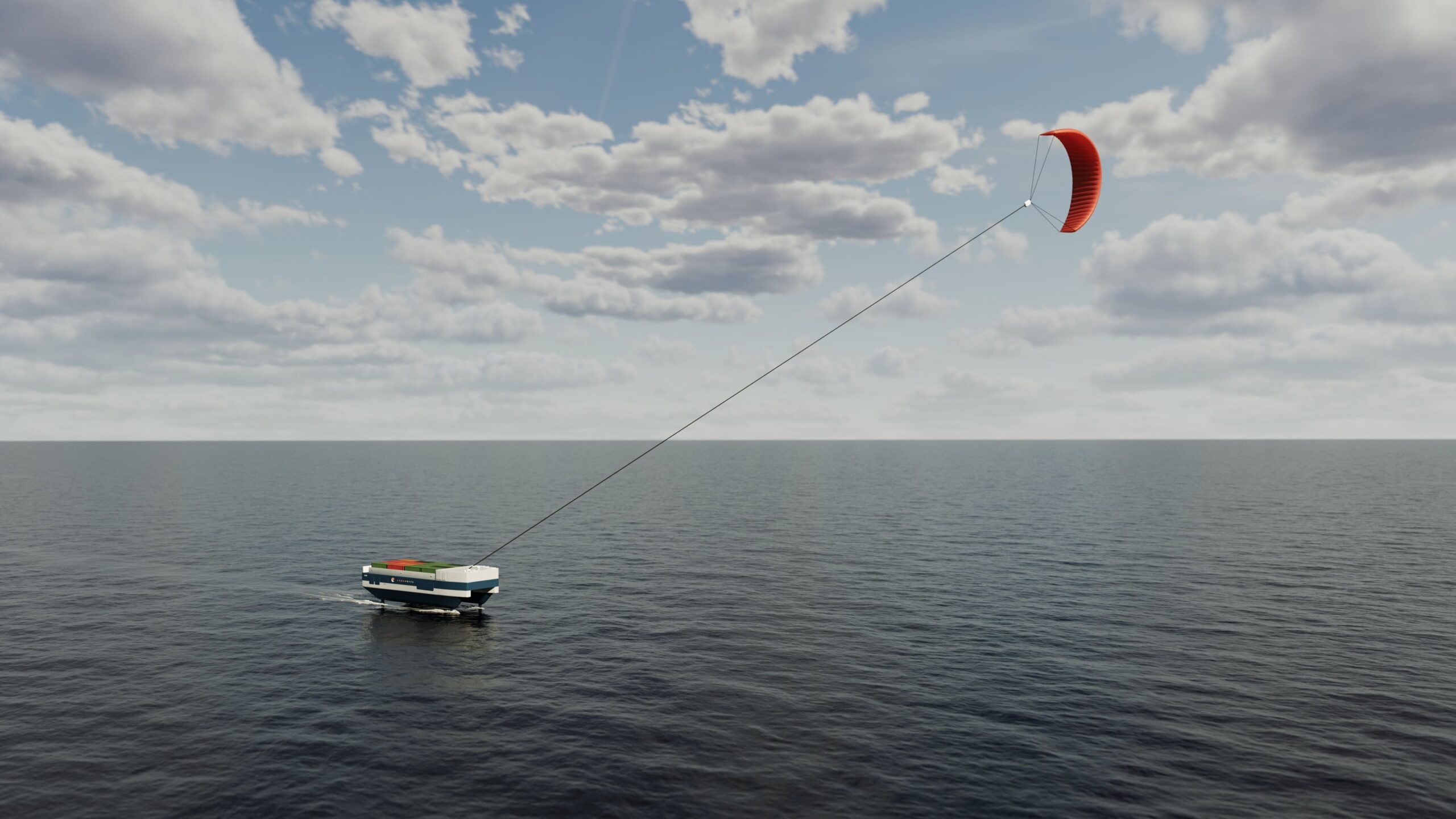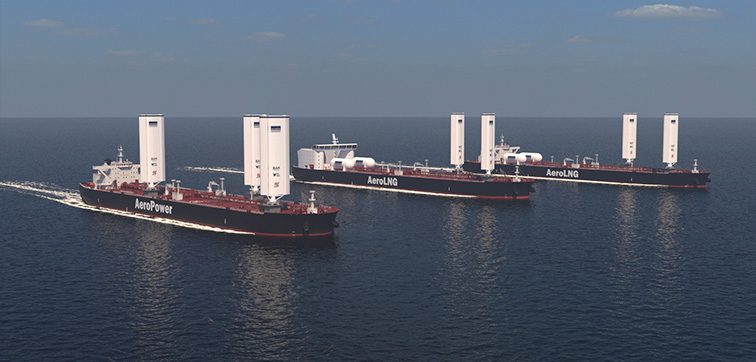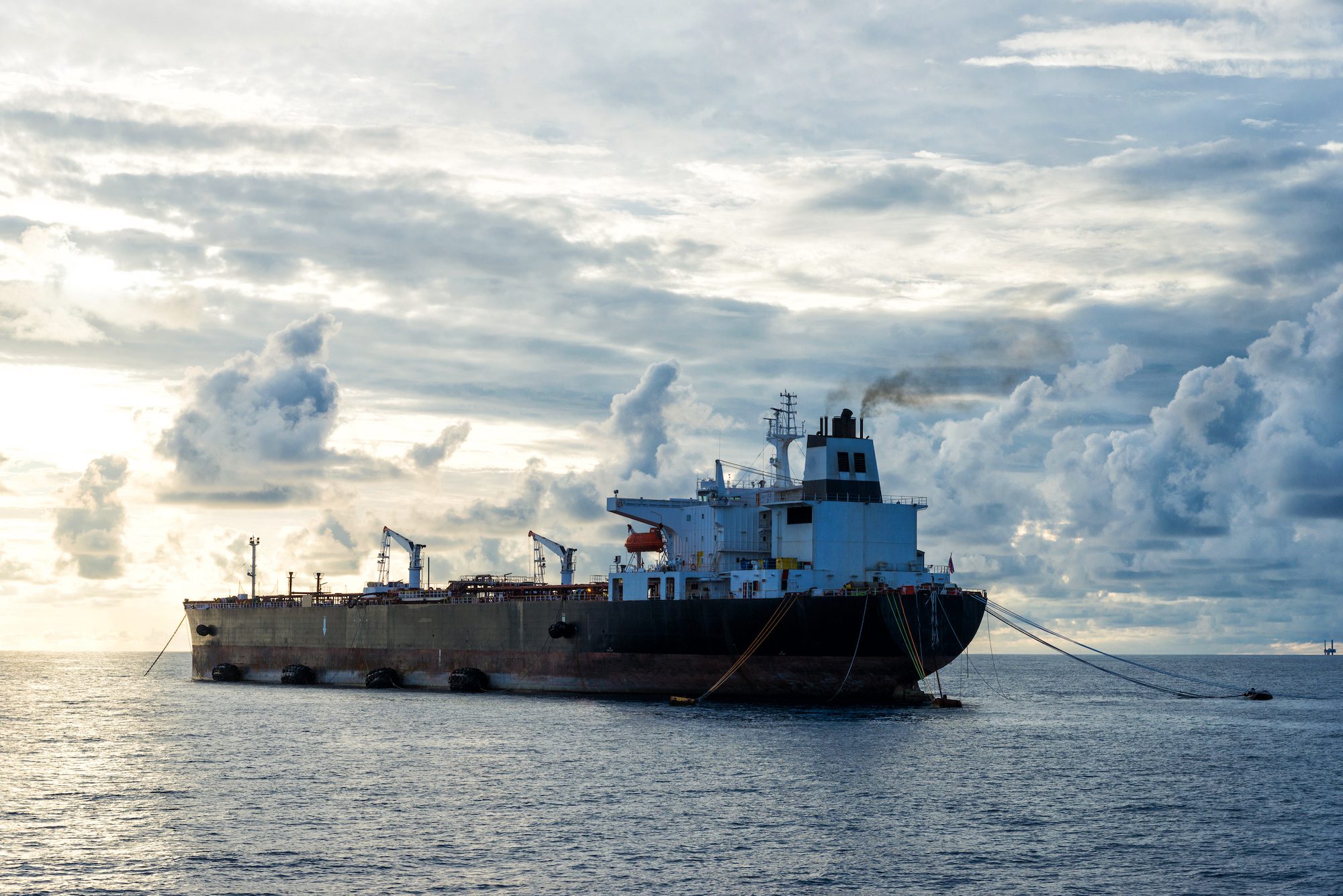Global towage operator Svitzer, part of A.P. Moller-Maersk, is launching a new global initiative that will limit the speed of its tugs in order help reduce emissions.
The company today announced that its Aim for 8 speed initiative—which asks tug crews to navigate at a maximum speed of eight knots during mobilization and demobilization operations. A pilot program of the initiative, which started in late 2021 across Svitzer’s UK operations, has recently hit a milestone—1,000 tonnes of CO2 emmissions saved.
Following its success in the UK, Aim for 8 will now be implemented across Svitzer’s global operations.
The initiative has shown that small behavioural changes, when implemented alongside more ambitious and long-term shifts such as fuel and tug design, can have an immediate and measurable impact on the CO2 emissions of the global fleet.
Svitzer’s global fleet of 400 vessels emits the same every year as 100,000 diesel-powered cars, so any immediate CO2 saving can have a big impact. The speed target of eight knots was chosen based on analysis of Svitzer’s tug fleet while mobilizing to and from a job and asks and incentivises crews to try to achieve the ‘sweet spot’ of potential fuel efficiency that the company’s analysis identified.
There is a huge potential for speed optimization during mobilization and demobilization, compared to more operationally sensitive moments during a towage job. This is because there is less power demand and more predictable conditions. For some individual tugs, optimizing speed to eight knots during mobilization and demobilization has improved their efficiency by around 20%.
“We’re extremely proud to share that our Aim for 8 initiative has reached a milestone of 1,000 tonnes of CO2 saved after less than a year of pilot implementation in the UK,” said Kasper Karlsen, regional COO, Svitzer Europe. “We have been able to make this tangible impact at no cost to our operations and with very little disruption to our way of working, simply by asking our crews to make a small change in behaviour and stay below eight knots before and after the towage job.”
By setting a maximum speed of eight knots during certain operations, the initiative will considerably increase the potential CO2 saving from Svitzer’s operations, contributing to the company’s decarbonization strategy through to 2040. Meanwhile, Svitzer also continues to pursue advances in tug design and future fuels that will help propel itself to a carbon neutral future.
“We think that this is real proof of the impact that simple adjustments can make on the industry’s sustainability journey. We’re looking forward to implementing Aim for 8 more widely across Svitzer’s global operations and making an even greater impact on our carbon emissions,” added Karlsen.
Unlock Exclusive Insights Today!
Join the gCaptain Club for curated content, insider opinions, and vibrant community discussions.

 Join The Club
Join The Club













